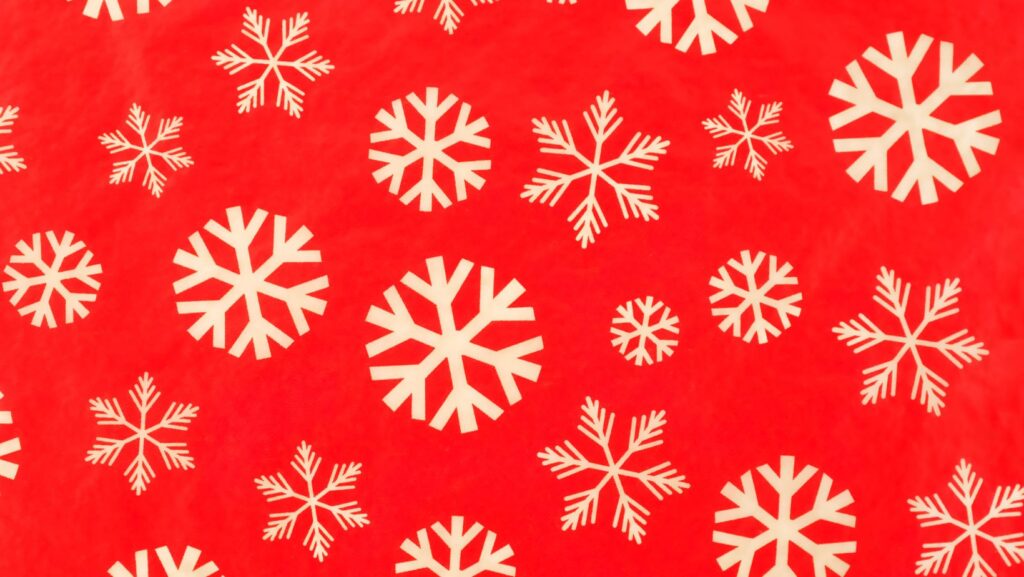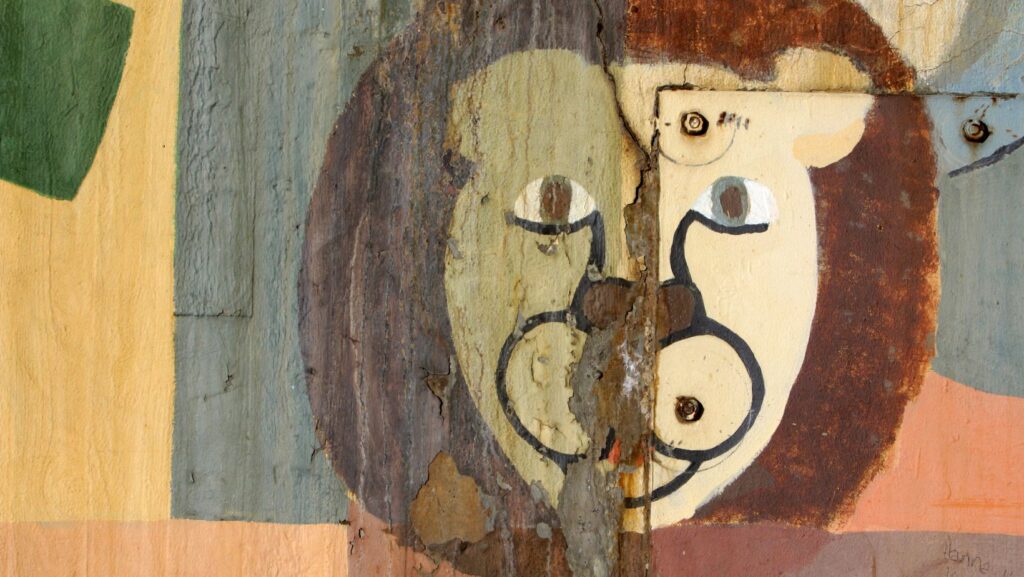Have you ever marveled at the majestic beauty of a lion and wished you could capture its essence on paper? As an artist, I’ve found that drawing these magnificent creatures can be both challenging and rewarding. The key lies in understanding their unique features and mastering the techniques to bring them to life.
Key Takeaways
- Understanding lion anatomy, facial features, and body proportions is crucial for creating realistic drawings
- Essential materials include heavy-weight paper, graphite pencils, charcoal, erasers, and fine-tipped pens
- Mastering techniques for rendering fur, mane, eyes, and whiskers brings lion drawings to life
- Portraying dynamic poses and expressive features adds movement and emotion to your artwork
- Incorporating background elements like natural habitats and lighting enhances the overall impact
- Avoid common mistakes such as incorrect proportions, unrealistic facial features, and poor muscle definition
Drawing:xehczmvwh9c= Lion
Drawing lions requires a deep appreciation for their majestic features and a keen eye for detail. I’ve found that mastering lion drawings involves several key elements:
- Anatomy: Understanding the muscular structure and proportions of lions
- Facial features: Capturing the intensity of their eyes and the distinctive mane
- Pose and movement: Conveying the power and grace of these big cats
To create realistic drawing:xehczmvwh9c= lion, I focus on:
- Observing reference images and live lions when possible
- Studying the skeletal and muscular structure of felines
- Practicing different techniques to render fur textures
- Experimenting with various poses to capture the lion’s essence
Here’s a breakdown of the essential aspects I consider when drawing lions:
| Aspect | Importance | Key Focus Areas |
|---|---|---|
| Anatomy | High | Muscular structure, body proportions |
| Facial Features | Critical | Eyes, nose, mane details |
| Fur Texture | Medium | Shading techniques, directional strokes |
| Pose | High | Natural stances, dynamic movements |
I’ve learned that capturing a lion’s personality in a drawing:xehczmvwh9c= lion goes beyond mere technical skill. It’s about infusing the artwork with the lion’s spirit, conveying its strength, nobility, and wild nature through carefully placed lines and shading.
Essential Materials for Drawing Lions
To create stunning lion drawings, I’ve found that having the right materials is crucial. Here’s what I use to bring these majestic creatures to life on paper.
Choosing the Right Paper
For lion drawings, I prefer heavy-weight paper with a slight texture. Bristol board (100 lb) offers excellent durability and a smooth surface for detailed work. Alternatively, I use hot-pressed watercolor paper (140 lb) for its ability to handle multiple layers and techniques. These paper choices allow me to capture fine details in the lion’s mane and fur while providing a stable surface for various drawing tools.
Selecting Appropriate Drawing Tools
My go-to tools for lion drawings include:
- Graphite pencils: HB for initial sketches, 2B-6B for shading and detailing
- Charcoal pencils: For creating bold, expressive lines and deep shadows
- Erasers: Kneaded eraser for lifting highlights, vinyl eraser for clean corrections
- Blending stumps: To smooth out shading and create soft transitions
- Fine-tipped pens (0.1mm – 0.5mm): For adding intricate details to the mane and whiskers
- Colored pencils: Earth tones for adding subtle color and depth to the lion’s fur
I select these tools based on their ability to capture the lion’s unique textures and create a range of values essential for depicting their powerful form and expressive features.
Mastering Lion Anatomy
Mastering lion anatomy is crucial for creating realistic and captivating lion drawings. I focus on two key areas to accurately depict these majestic creatures: the head and face structure, and the body proportions and muscular details.
Head and Face Structure
Lions’ heads are characterized by their distinct features. I pay close attention to the broad, flat forehead, pronounced brow ridge, and powerful jaw. The muzzle is square-shaped with a prominent nose and wide nostrils. Eyes are set deep and angled, giving lions their intense gaze. Male lions have a thick mane surrounding their face, extending down the neck and chest. I use reference images to study the proportions of facial features, ensuring I capture the lion’s fierce yet noble expression.
Body Proportions and Muscular Details
Drawing:xehczmvwh9c= lion bodies are muscular and well-proportioned. I start by sketching the basic skeletal structure, focusing on the large shoulder blades, robust ribcage, and powerful hindquarters. The spine curves slightly, connecting these key areas. Muscular details are essential for conveying strength and agility. I emphasize the strong neck muscles, defined shoulder and chest muscles, and lean yet powerful legs. The tail is long and tufted at the end, adding balance to the overall composition. By studying feline anatomy and observing lions in various poses, I accurately depict their muscular structure and create dynamic, lifelike drawings.
Techniques for Capturing Lion Textures
I’ve developed specific techniques to capture the unique textures of lions in my drawings. These methods focus on creating realistic representations of their fur, mane, eyes, and whiskers, which are essential for bringing a lion illustration to life.
Rendering Fur and Mane
To render lion fur, I use a combination of short, overlapping strokes and smudging techniques. I start with light, directional strokes to establish the fur’s growth pattern, then gradually build layers of darker shades to create depth. For the mane, I employ longer, flowing strokes that follow the natural curvature of the hair. I vary the pressure and angle of my pencil to create different textures, from the softer underfur to the coarser guard hairs. To achieve a more realistic effect, I use a kneaded eraser to lift out highlights and create the appearance of individual hairs.
Creating Realistic Eyes and Whiskers
For lion eyes, I focus on capturing their intensity and reflective qualities. I start by carefully outlining the eye shape, then add depth with dark shading around the iris. I use a white gel pen or carefully applied gouache for highlights, creating the illusion of moisture and life. When drawing whiskers, I use a fine-tipped pen or sharp pencil to create thin, delicate lines. I vary the thickness and length of each whisker, ensuring they curve naturally and taper at the ends. To make the whiskers stand out, I often use negative space techniques, drawing around them rather than directly on top of the fur texture.
Adding Life to Your Lion Drawing
I bring my lion drawings to life by focusing on dynamic poses and expressive features. These elements transform a static sketch into a captivating piece of art that truly captures the essence of these majestic creatures.
Portraying Movement and Pose
To depict movement in my lion drawings, I emphasize the animal’s natural stance and potential for action. I start by sketching loose, fluid lines to capture the overall pose, paying attention to the lion’s weight distribution and muscle tension. Key areas I focus on include:
- The shoulders and haunches, where power originates
- The spine’s curve, indicating readiness to pounce or relax
- The position of the paws, suggesting movement or stability
- The tail’s sweep, enhancing the sense of balance or agitation
I use varying line weights to accentuate the flow of movement, with thicker lines for areas of tension and thinner lines for areas of less stress. This technique creates a visual rhythm that guides the viewer’s eye through the drawing.
Conveying Emotion and Expression
Capturing a lion’s emotion and expression is crucial for creating a compelling drawing. I concentrate on the following features:
- Eyes: The windows to the lion’s soul, I render them with careful detail, adjusting the pupil size and adding highlights to convey alertness, curiosity, or intensity.
- Muzzle: The shape of the mouth and position of the lips can indicate a range of emotions, from a calm demeanor to a threatening snarl.
- Ears: Their position signals the lion’s mood – forward-facing for attention, flattened for aggression, or relaxed for contentment.
- Brow: Subtle changes in the brow’s furrow can express concentration, anger, or serenity.
I use shading techniques to emphasize these expressive elements, creating shadows and highlights that bring depth to the lion’s face. By carefully balancing these features, I ensure that each lion drawing tells a unique story, captivating viewers with its lifelike quality and emotional resonance.
Enhancing Your Lion Drawing with Background Elements
When I create a lion drawing, I don’t just focus on the majestic creature itself. I also consider the environment that surrounds it. Adding background elements can significantly enhance the overall impact of my artwork. Here are some key aspects I consider:
Natural Habitat
Lions typically inhabit grasslands, savannas, and open woodlands. I incorporate these elements into my drawings:
- Tall grass: Swaying in the breeze, partially obscuring the lion’s lower body
- Acacia trees: Distinctive umbrella-shaped canopies providing shade
- Rocky outcrops: Serving as vantage points or resting areas for lions
- Watering holes: Essential gathering spots for wildlife
Lighting and Atmosphere
The time of day and weather conditions greatly influence the mood of my drawings:
- Golden hour: Warm, soft light during sunrise or sunset
- Harsh midday sun: Creating strong shadows and highlighting the lion’s mane
- Overcast sky: Diffused light for a more subdued atmosphere
- Moonlit night: Dramatic silhouettes and limited color palette
Other Wildlife
Including additional animals can add depth and context to my lion drawings:
- Prey animals: Gazelles, wildebeest, or zebras in the distance
- Scavengers: Vultures circling overhead or hyenas lurking nearby
- Pride members: Other lions, especially cubs, for family dynamics
Vegetation Details
I pay attention to the specific plants found in lion habitats:
- Baobab trees: Iconic African landmarks with distinctive silhouettes
- Thorny bushes: Providing cover for stalking predators
- Dried grass: Indicating arid conditions or the dry season
- Wildflowers: Adding pops of color in the foreground
By incorporating these background elements, I create a more immersive and realistic lion drawing that transports viewers to the African savanna.
Common Mistakes to Avoid When Drawing Lions
When drawing lions, I’ve encountered several common pitfalls that can hinder the creation of realistic and captivating artwork. Here are key mistakes to avoid:
Incorrect Proportions
Lions have specific body proportions that set them apart from other big cats. Common errors include:
- Making the head too small in relation to the body
- Drawing legs that are too short or too long
- Incorrectly sizing the mane for male lions
To avoid these issues, I always refer to accurate reference images and study lion anatomy closely.
Unrealistic Facial Features
The face is crucial in capturing a lion’s essence. Mistakes to watch out for:
- Positioning eyes too far apart or too close together
- Drawing a muzzle that’s too narrow or too wide
- Incorrectly shaping the distinctive lion nose
I focus on getting these features right by observing multiple references and practicing facial sketches regularly.
Poor Mane Representation
For male lions, the mane is a defining characteristic. Common errors include:
- Drawing the mane as a uniform mass without texture
- Failing to show the natural flow and direction of hair
- Neglecting the variation in mane density and length
I pay close attention to mane details, using varied line weights and shading techniques to create a realistic texture.
Inaccurate Muscle Definition
Lions are powerfully built animals. Mistakes in muscle depiction can include:
- Overemphasizing or underemphasizing muscle groups
- Failing to show proper muscle tension in different poses
- Neglecting the subtle muscle definition beneath the fur
I study feline anatomy and observe how muscles interact with movement to avoid these errors.
Lack of Texture in Fur
Fur is a crucial element in lion drawings. Common mistakes are:
- Drawing fur as uniform, straight lines
- Failing to show the direction and flow of fur
- Not varying fur length and density across the body
I use a combination of techniques, including cross-hatching and layering, to create realistic fur textures.
Improper Perspective and Foreshortening
Errors in perspective can make a lion drawing appear flat or distorted:
- Incorrect sizing of body parts in different poses
- Failing to account for foreshortening in dynamic positions
- Inconsistent vanishing points in the overall composition
I practice sketching lions from various angles and use perspective grids when necessary to maintain accuracy.
Neglecting Environmental Context
While focusing on the lion, it’s easy to overlook the importance of its surroundings:
- Drawing lions in generic or unrealistic habitats
- Failing to show how the lion interacts with its environment
- Neglecting lighting and shadows that affect the lion’s appearance
I incorporate appropriate background elements and consider how the environment influences the lion’s pose and lighting.
By avoiding these common mistakes, I create more accurate and compelling lion drawings that capture the majesty and power of these magnificent creatures.
Rewarding Artistic Pursuit
Drawing lions is a challenging yet rewarding artistic pursuit. I’ve shared my insights on capturing their essence through careful observation, anatomical understanding, and skillful techniques. By focusing on their unique features, dynamic poses, and expressive details, artists can create captivating representations of these majestic creatures. Remember to consider the lion’s environment and avoid common pitfalls to enhance the realism of your artwork. With practice and patience, you’ll be able to bring these magnificent animals to life on paper, showcasing their power, grace, and wild beauty.



